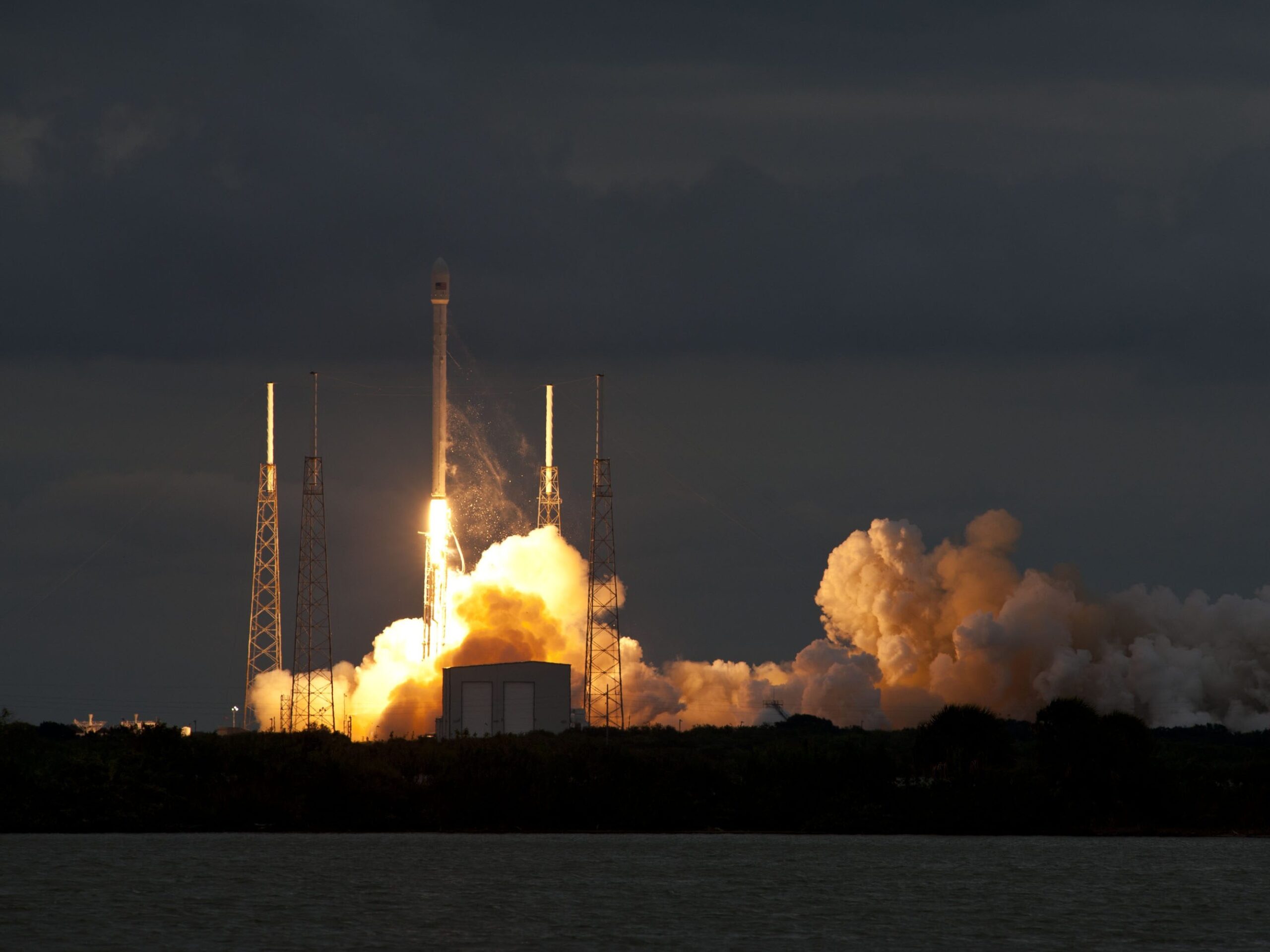SpaceX Just Made History Launching 4 Astronauts Into Space
On Sunday night, SpaceX sent a Falcon 9 rocket to the International Space Station in the first taxi flight for NASA by the company.
This article is more than 2 years old

On Sunday night, SpaceX sent a Falcon 9 rocket to the International Space Station in the first taxi flight for NASA by the company. The crew is currently on a 27-hour journey from the Kennedy Space Center in Florida to the ISS.
This first taxied SpaceX mission featured a Dragon capsule on top named “Resilience” by its crew due to the many challenges this year has brought. The crew strapped into Resilience were astronaut Shannon Walker, Commander Michael Hopkins, pilot Victor Glover, and Japanese astronaut Soichi Noguchi.
Commander Mike Hopkins said before takeoff, “By working together through these difficult times, you’ve inspired the nation, the world, and in no small part the name of this incredible vehicle, Resilience.”
The launch was originally planned for Saturday, yet both NASA and SpaceX delayed for Sunday night, due to high winds, and choppy seas that wouldn’t let a SpaceX booster recovery ship sail. As part of this mission, SpaceX plans to refurbish the rocket that was used in this launch, and reuse it for the next Crew Dragon launch in March.
In under nine minutes, the crew of the Resilience was already in preliminary orbit. The Resilience is planned to reach the International Space Station by Monday and will stay there until spring 2021. Once the team made orbit, Hopkins radioed, “That was one heck of a ride.” Not there to watch the launch, however, was SpaceX founder Elon Musk, who has quarantined after testing positive for COVID-19. Taking his place was SpaceX President Gwynne Shotwell, who stated Musk was still very closely tied to the launch.
This isn’t the first Falcon 9 rocket to deliver a Crew Dragon spacecraft to space. NASA astronauts Bob Behnken and Doug Hurley were the first two men to go into orbit via SpaceX’s Falcon 9 rocket in May of this year. Yet that flight was just a test, while this latest launch marks the beginning of NASA’s Commercial Crew Program. According to CNET, by teaming up with SpaceX, NASA will save about $25 million per person sent to space using this program.
SpaceX engineers did run into a problem soon after liftoff with the heaters that keep thruster propellant lines at the right temperature. Three of four of the heaters in one group of thrusters seemed to be offline, even though the flight rules state that two of these four must be operational. SpaceX communications officer Jay Aranha told the crew, “Temperature margins are looking OK, but that is something we are investigating and discussing.” Later, SpaceX confirmed that the heaters were working properly and that there were no further issues at the time.
Both President Donald Trump and president-elect Joe Biden offered their congratulations to NASA and SpaceX via Twitter. Trump mentioned that the mission was “A great launch!,” before lamenting that NASA was “a closed up disaster when we took over.” Biden also said “It’s a testament to the power of science and what we can accomplish by harnessing our innovation, ingenuity, and determination.” Vice President Mike Pence, who is the chairman of the National Space Council, was in Florida to watch the launch alongside NASA Administrator Jim Bridenstine.
SpaceX and NASA teaming up for space launches is an exciting new time for space travel. NASA working with privately-owned companies helps lower costs, and plans to reuse parts from this launch make future missions a cheaper, more effective prospect. Between the earlier test launch this year and this weekend’s launch, it seems like NASA and SpaceX’s collaboration means far more space travel for the future.











